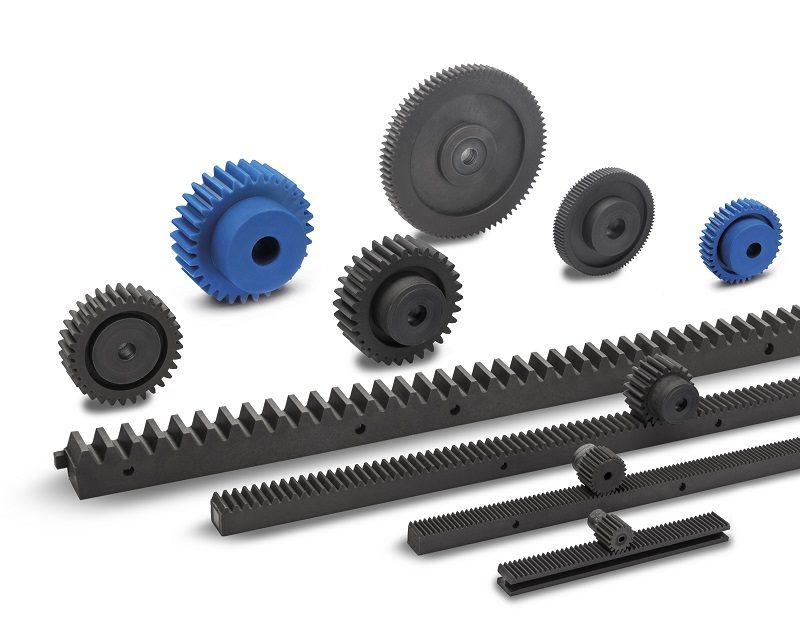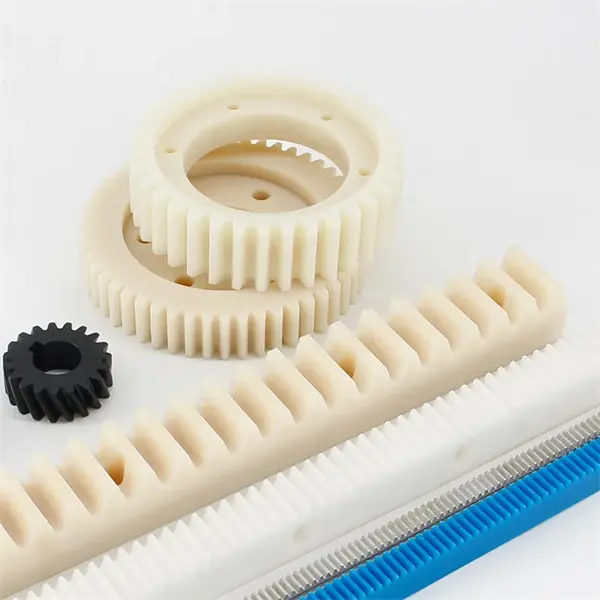Product Description
Product Description
| Product Name | NISSAN VANETTE/MAZDA BONGO RHD Auto Parts Car Steering System Accessories Power steeing Gear Box Rack And Pinion |
| Application | NISSAN VANETTE/MAZDA BONGO RHD Automoile Steering system |
| OEM NO | LS0H8-32-110B/S0H8-32-110A |
| Car Make | NISSAN VANETTE/MAZDA BONGO RHD |
| Warranty | 12 Months |
| Weight | 10KG |
| Drive Xihu (West Lake) Dis. | RHD |
| Type | Hydraulic |
| ZUA NO | F-NI-110 |
Our Advantages
Company Profile
Exhibition
| After-sales Service: | 24-Hour on-Line |
|---|---|
| Warranty: | 12 Months |
| Type: | Steering Rack |
| Samples: |
US$ 499/Piece
1 Piece(Min.Order) | Order Sample |
|---|
| Customization: |
Available
| Customized Request |
|---|
.shipping-cost-tm .tm-status-off{background: none;padding:0;color: #1470cc}
| Shipping Cost:
Estimated freight per unit. |
about shipping cost and estimated delivery time. |
|---|
| Payment Method: |
|
|---|---|
|
Initial Payment Full Payment |
| Currency: | US$ |
|---|
| Return&refunds: | You can apply for a refund up to 30 days after receipt of the products. |
|---|

What types of materials are commonly used in rack and pinion components?
Various materials are commonly used in the manufacturing of rack and pinion components. Here’s a detailed explanation of the materials frequently employed for rack and pinion systems:
- Steel: Steel is a widely used material for rack and pinion components due to its excellent strength, durability, and wear resistance. Carbon steel, such as C45 or 1045 steel, is commonly utilized for standard applications. Alloy steels, such as 4140 or 4340, offer enhanced strength and toughness, making them suitable for heavy-duty or high-load applications. Steel components can be heat-treated to further improve their mechanical properties.
- Stainless Steel: Stainless steel is chosen for rack and pinion systems when corrosion resistance is a critical requirement. Stainless steel alloys, such as 304 or 316, exhibit excellent resistance to rust, oxidation, and chemical corrosion. These materials are commonly used in applications where the system is exposed to moisture, humidity, or corrosive environments, such as marine or food processing industries.
- Aluminum: Aluminum is favored for rack and pinion components when weight reduction is a priority. Aluminum alloys, such as 6061 or 7075, offer a favorable strength-to-weight ratio, making them suitable for applications where minimizing inertia and achieving high-speed performance are important. Aluminum components also exhibit good corrosion resistance and are commonly used in industries such as aerospace, automotive, and robotics.
- Brass: Brass is utilized in certain rack and pinion applications that require its specific properties. Brass offers good corrosion resistance, low friction, and favorable machinability. It is often chosen for applications where noise reduction and smooth operation are critical, such as in musical instruments or precision equipment. Brass components can be fabricated through machining or casting processes.
- Plastics: Certain engineering plastics are suitable for rack and pinion applications that require lightweight, low-friction, or self-lubricating properties. Common plastics used include nylon (such as PA6 or PA66), acetal (such as POM), or polyethylene (such as UHMWPE). These materials offer good wear resistance, low friction, and resistance to chemicals. Plastics are often employed in applications that demand quiet operation, such as in office equipment, medical devices, or consumer goods.
- Other Alloys: Depending on specific application requirements, other alloy materials may be used for rack and pinion components. For example, bronze or phosphor bronze alloys offer good wear resistance and self-lubricating properties, making them suitable for applications with high sliding speeds or where oil-free operation is desired. Additionally, titanium alloys may be used in applications that require exceptional strength, lightweight construction, or resistance to extreme temperatures.
The choice of material for rack and pinion components depends on factors such as strength, durability, corrosion resistance, weight, friction characteristics, and specific application requirements. By selecting the appropriate material, rack and pinion systems can be engineered to deliver optimal performance and reliability in a wide range of industrial applications.

Can rack and pinion systems be used in the automotive industry, and if so, where?
Yes, rack and pinion systems are widely used in the automotive industry for various applications that require precise motion control. Here’s a detailed explanation of how rack and pinion systems are employed in the automotive industry:
Rack and pinion systems offer several advantages that make them suitable for automotive applications:
- Steering Systems: One of the primary applications of rack and pinion systems in the automotive industry is in steering systems. Rack and pinion steering systems provide a direct and efficient method for converting rotational motion into linear motion, allowing the driver to control the direction of the vehicle. In this setup, the pinion is connected to the steering shaft, while the rack is attached to the front wheels. As the driver turns the steering wheel, the pinion rotates, causing the rack to move laterally and steer the wheels. Rack and pinion steering systems are commonly used in passenger cars, light trucks, and SUVs due to their compact design, precise control, and responsive handling characteristics.
- Power Steering: Rack and pinion systems are also utilized in power steering systems to enhance the ease of steering for the driver. In power steering setups, hydraulic or electric assist mechanisms are incorporated into the rack and pinion system to reduce the effort required to turn the steering wheel. These mechanisms provide additional force or torque to assist the driver, making steering more comfortable and responsive. Power steering systems based on rack and pinion mechanisms are prevalent in modern vehicles, offering improved maneuverability and control.
- Transmission Shifters: Rack and pinion systems can be employed in transmission shifters to facilitate gear shifting in manual or automated manual transmissions. The rack and pinion mechanism translates the linear movement of the gear shifter lever into rotational movement to engage different gears. This allows the driver to select the desired gear position for efficient power delivery and vehicle performance. Rack and pinion transmission shifters offer precise and reliable gear selection, contributing to smooth shifting and improved drivability.
- Convertible Top Mechanisms: In convertible vehicles, rack and pinion systems can be utilized in the mechanisms responsible for raising or lowering the convertible top. The rack is typically integrated into the folding framework, while the pinion is driven by an electric motor or hydraulic actuator. By rotating the pinion, the rack moves linearly, causing the convertible top to be raised or lowered. Rack and pinion convertible top mechanisms provide controlled and synchronized movement, allowing for convenient and efficient operation of the convertible roof.
- Other Applications: Rack and pinion systems find additional applications in the automotive industry, such as throttle control mechanisms, suspension systems, seat adjustments, and sunroof mechanisms. These systems utilize rack and pinion mechanisms to achieve precise and reliable control over various functions in the vehicle, enhancing comfort, convenience, and overall performance.
In summary, rack and pinion systems are extensively used in the automotive industry for steering systems, power steering, transmission shifters, convertible top mechanisms, and various other applications. Their ability to provide precise motion control, compact design, responsiveness, and reliability makes them a preferred choice in automotive engineering, contributing to improved safety, comfort, and driving experience.

What are the primary components of a rack and pinion setup?
In a rack and pinion setup, there are two primary components that make up the mechanism: the rack and the pinion gear. Here’s a detailed explanation of each component:
- Rack: The rack is a straight bar with teeth cut along its length. It resembles a gear but in a linear form. The rack is typically a long, narrow strip made of metal or a durable engineering plastic. The teeth on the rack are evenly spaced and have a specific profile that allows them to mesh with the teeth on the pinion gear. The rack can be stationary, meaning it remains fixed in place, or it can move linearly in response to the rotational motion of the pinion gear.
- Pinion Gear: The pinion gear is a small circular gear with teeth that mesh with the teeth on the rack. It is usually mounted on a rotating shaft, such as a motor shaft or an actuator. When rotational force is applied to the pinion gear, it rotates, causing the teeth on the pinion to engage with the teeth on the rack. The pinion gear transfers its rotational motion to the rack, resulting in linear motion. The size and design of the pinion gear, including the number and shape of its teeth, are chosen based on the specific application requirements.
Together, the rack and pinion gear form a mechanical linkage that converts rotational motion into linear motion. As the pinion gear rotates, its teeth push against the teeth on the rack, causing the rack to move linearly. This linear motion can be harnessed for various applications, such as steering systems, robotic arms, linear actuators, and other mechanisms that require controlled linear movement.
In summary, the rack and pinion setup consists of a rack, a straight bar with teeth, and a pinion gear, a small circular gear. These two components work together to enable the conversion of rotational motion into linear motion, offering a versatile and efficient solution for various mechanical systems.


editor by CX 2023-11-29